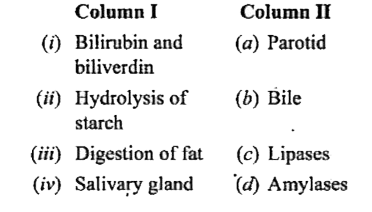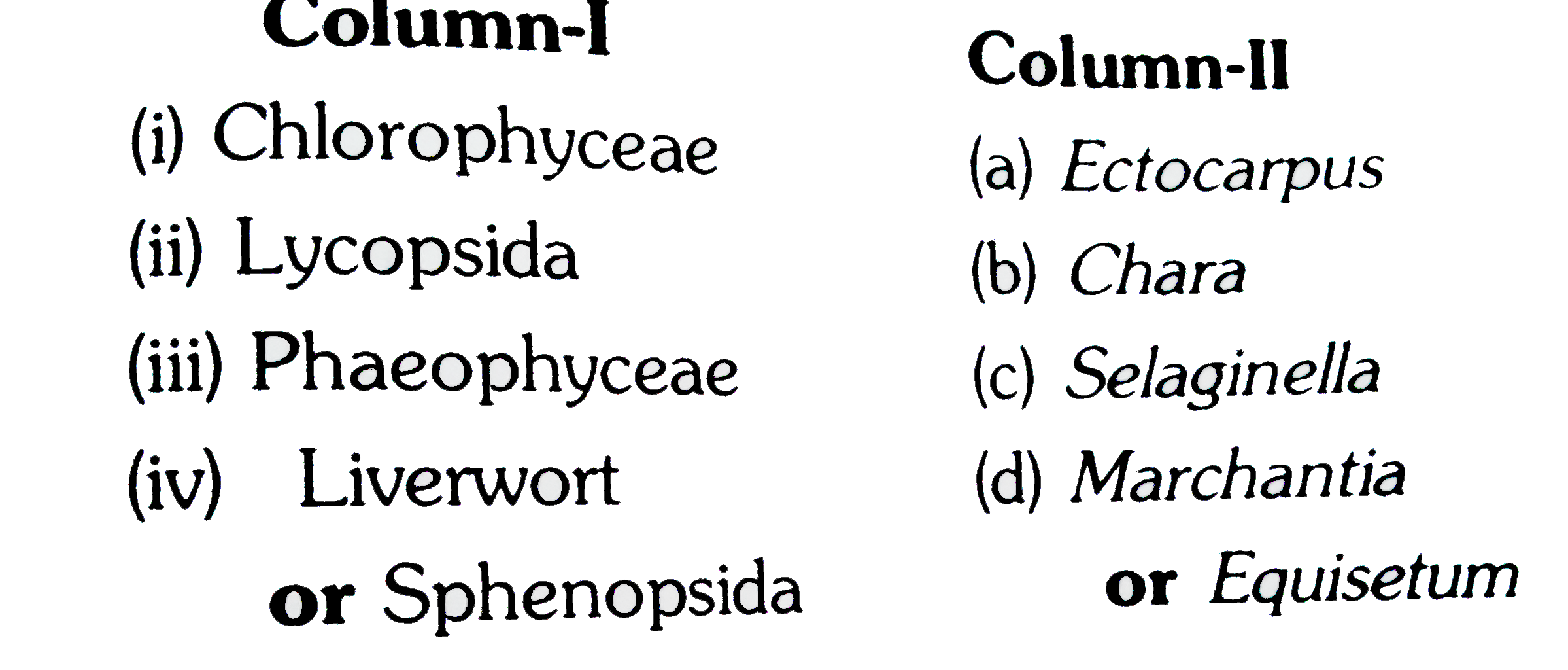Match the components of column I and II, both related to Pheretima :
Column IColumn II(i)Yellow cells(a)Primordial germ cells(ii)Oval sphincter pores(b)Totipotent(iii)Basal cells(c)Deamination(iv)Parietal(d)Septum14/15
(1) (i)-( c), (ii)-(d), (iii)-(b), (iv)-(a)
(2) (i)-( c), (ii)-(b), (iii)-(d), (iv)-(a)
(3) (i)-( c), (ii)-(a), (iii)-(b), (iv)-(d)
(i)-(d), (ii)-(a), (iii)-(b), (iv)-(a)
The correct Answer is:A
To solve the matching question regarding the components of Pheretima (earthworm), we will analyze each component in Column I and find its corresponding match in Column II step by step.
1. Identify Yellow Cells:
- Yellow cells in earthworms are associated with glycogen storage and the deamination of amino acids.
- Match: Yellow cells (i) match with (c) Deamination.
2. Identify Oval Sphincter Pores:
- Oval sphincter pores are located in the septum of the earthworm, specifically in segments 14 and 15.
- Match: Oval sphincter pores (ii) match with (d) Septum.
3. Identify Basal Cells:
- Basal cells are undifferentiated cells that have the potential to regenerate and are considered totipotent.
- Match: Basal cells (iii) match with (b) Totipotent.
4. Identify Parietal Cells:
- Parietal cells are part of the outer layer of the coelom in earthworms and are derived from primordial germ cells.
- Match: Parietal cells (iv) match with (a) Primordial germ cells.
Final Matches:
- (i) Yellow cells → (c) Deamination
- (ii) Oval sphincter pores → (d) Septum
- (iii) Basal cells → (b) Totipotent
- (iv) Parietal → (a) Primordial germ cells
Thus, the correct option is:
- (i) - (c)
- (ii) - (d)
- (iii) - (b)
- (iv) - (a)
- Yellow cells in earthworms are associated with glycogen storage and the deamination of amino acids.
- Match: Yellow cells (i) match with (c) Deamination.
- Oval sphincter pores are located in the septum of the earthworm, specifically in segments 14 and 15.
- Match: Oval sphincter pores (ii) match with (d) Septum.
- Basal cells are undifferentiated cells that have the potential to regenerate and are considered totipotent.
- Match: Basal cells (iii) match with (b) Totipotent.
- Parietal cells are part of the outer layer of the coelom in earthworms and are derived from primordial germ cells.
- Match: Parietal cells (iv) match with (a) Primordial germ cells.
- (i) Yellow cells → (c) Deamination
- (ii) Oval sphincter pores → (d) Septum
- (iii) Basal cells → (b) Totipotent
- (iv) Parietal → (a) Primordial germ cells
- (i) - (c)
- (ii) - (d)
- (iii) - (b)
- (iv) - (a)
Topper's Solved these Questions
- ANIMAL TYPES BOOK - DINESH PUBLICATION ENGLISHCHAPTER - ANIMAL TYPES EXERCISE - CHECK YOUR GRASP
15 Videos
- ANATOMY OF PLANT PARTSBOOK - DINESH PUBLICATION ENGLISHCHAPTER - ANATOMY OF PLANT PARTSEXERCISE - BRAIN TEASERA -II
35 Videos
- ASCHELMINTHES OR NEMATHELMINTHESBOOK - DINESH PUBLICATION ENGLISHCHAPTER - ASCHELMINTHES OR NEMATHELMINTHESEXERCISE - MULTIPLE CHOICE QUESTIONS
182 Videos
Similar Questions
Knowledge Check
Match the Column I and Column II:
 A1. i 2. ii 3. iii 4. ivB1. i 2. ii 3. iii 4. ivC1. i 2. ii 3. iii 4. ivD1. i 2. ii 3. iii 4. iv
A1. i 2. ii 3. iii 4. ivB1. i 2. ii 3. iii 4. ivC1. i 2. ii 3. iii 4. ivD1. i 2. ii 3. iii 4. ivMatch the Column I and Column II:
 A1. i. 2. ii 3. iii 4. ivB1. i 2. ii 3. iii 4. ivC1. i2. ii 3. iii 4. ivD1. i 2. ii 3. iii 4. iv
A1. i. 2. ii 3. iii 4. ivB1. i 2. ii 3. iii 4. ivC1. i2. ii 3. iii 4. ivD1. i 2. ii 3. iii 4. iv
State: Three merits of tissue culture in Plant propagation.
View SolutionMatch the column I with column II
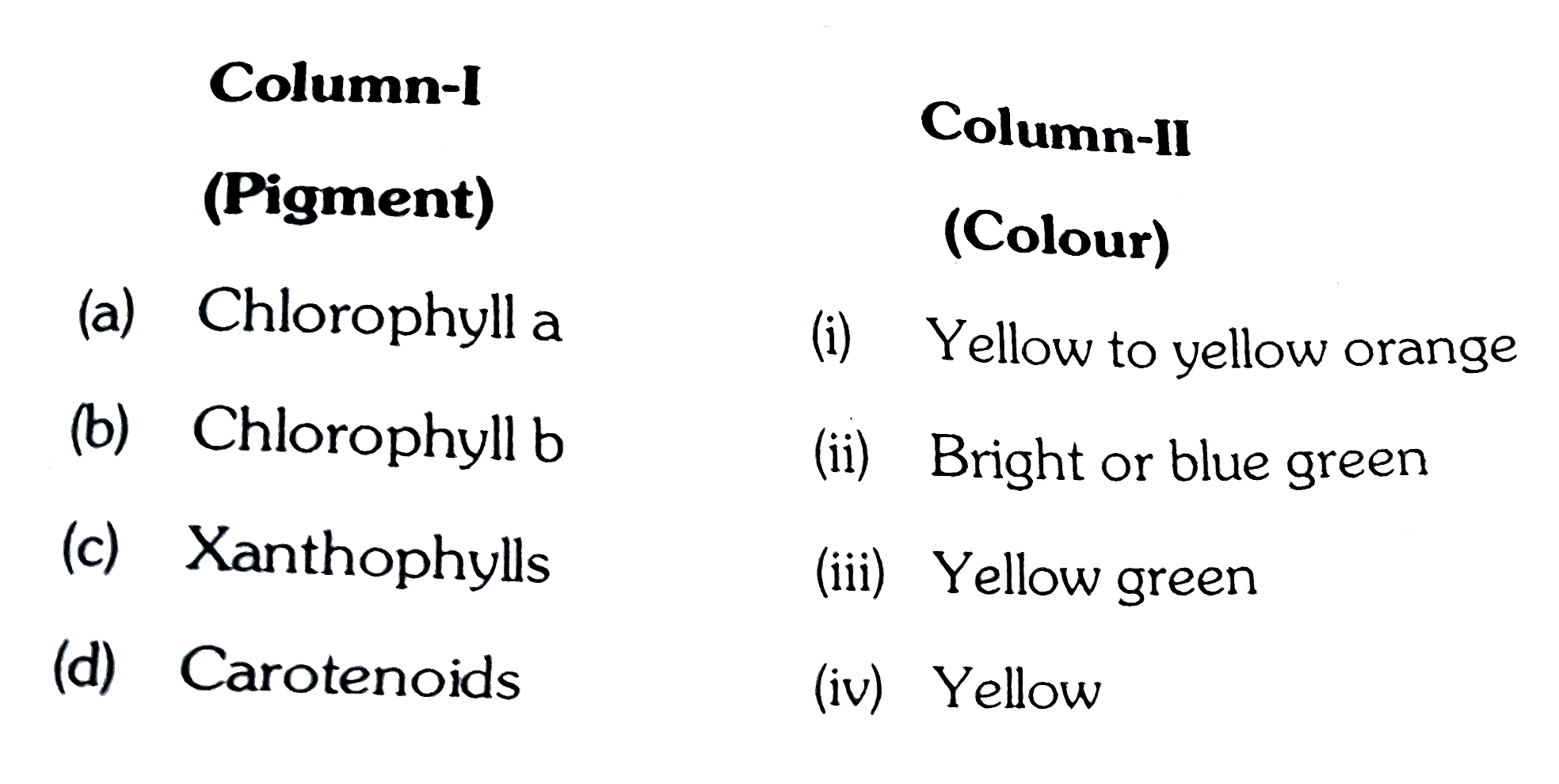
View SolutionMatch the column-I and column-II
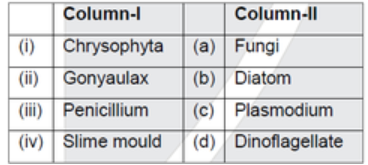
View SolutionMatch the column-I with column-II
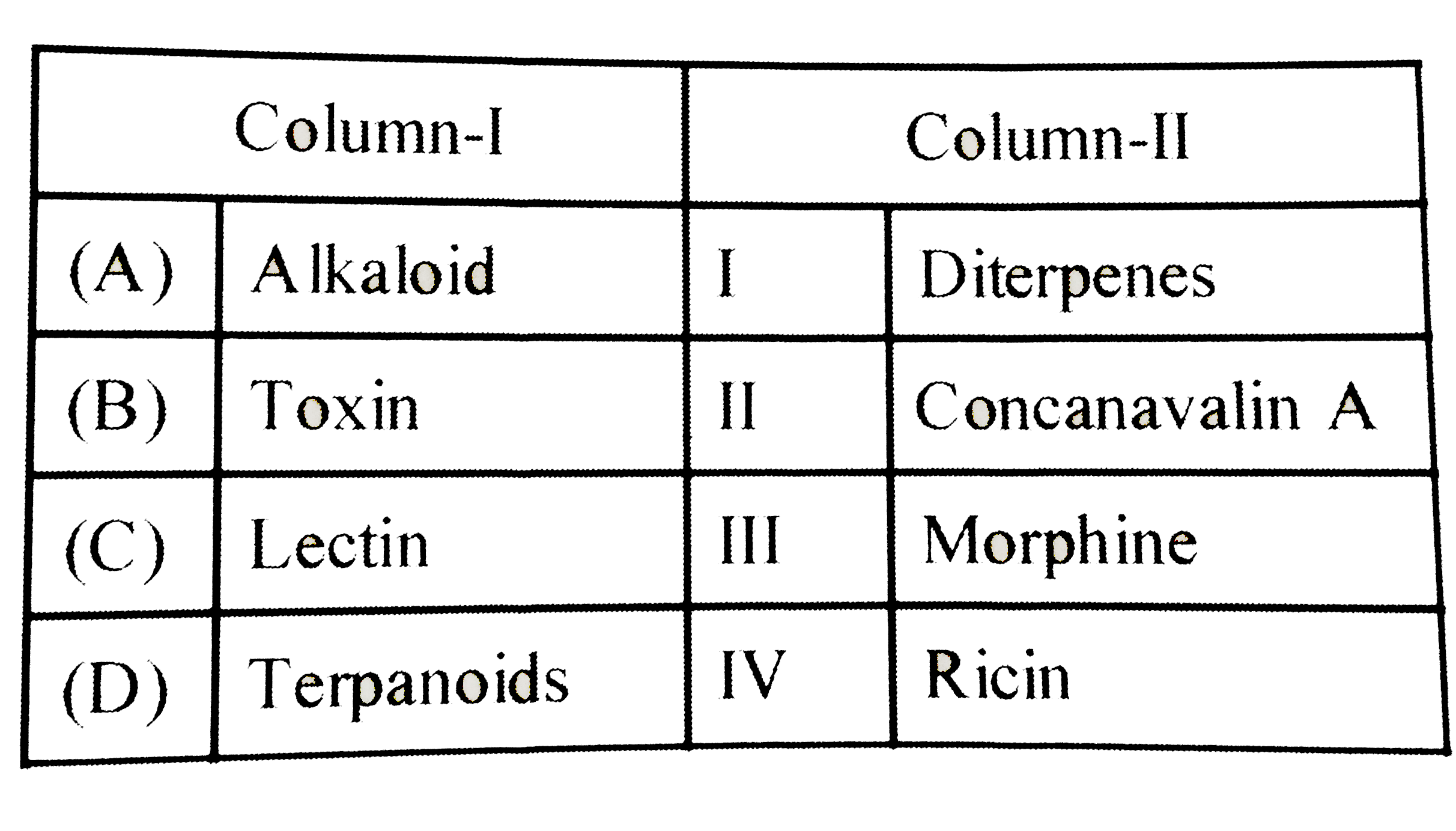
View SolutionMatch the column-I with Column-II
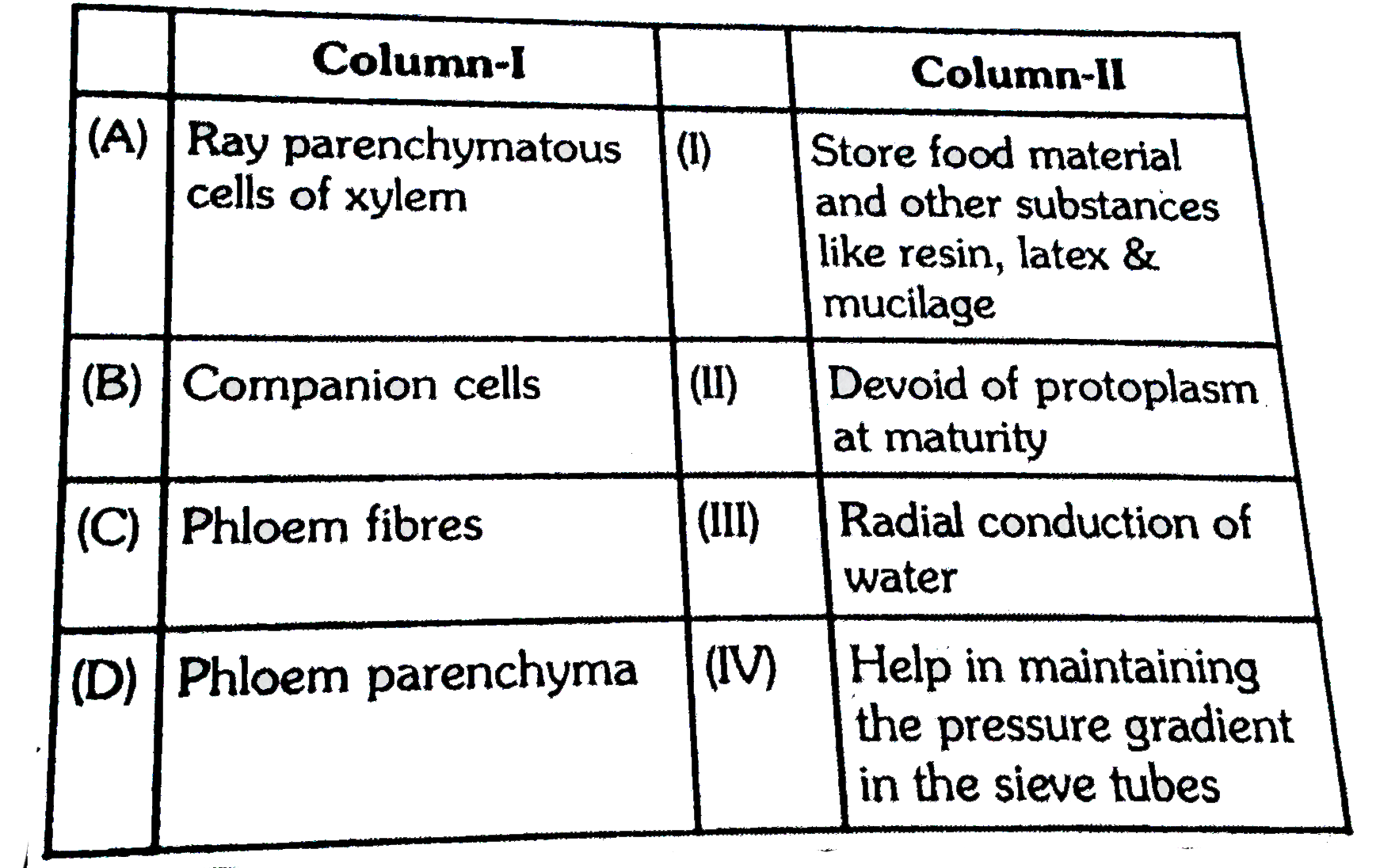
View SolutionMatch the column-I with Column-II
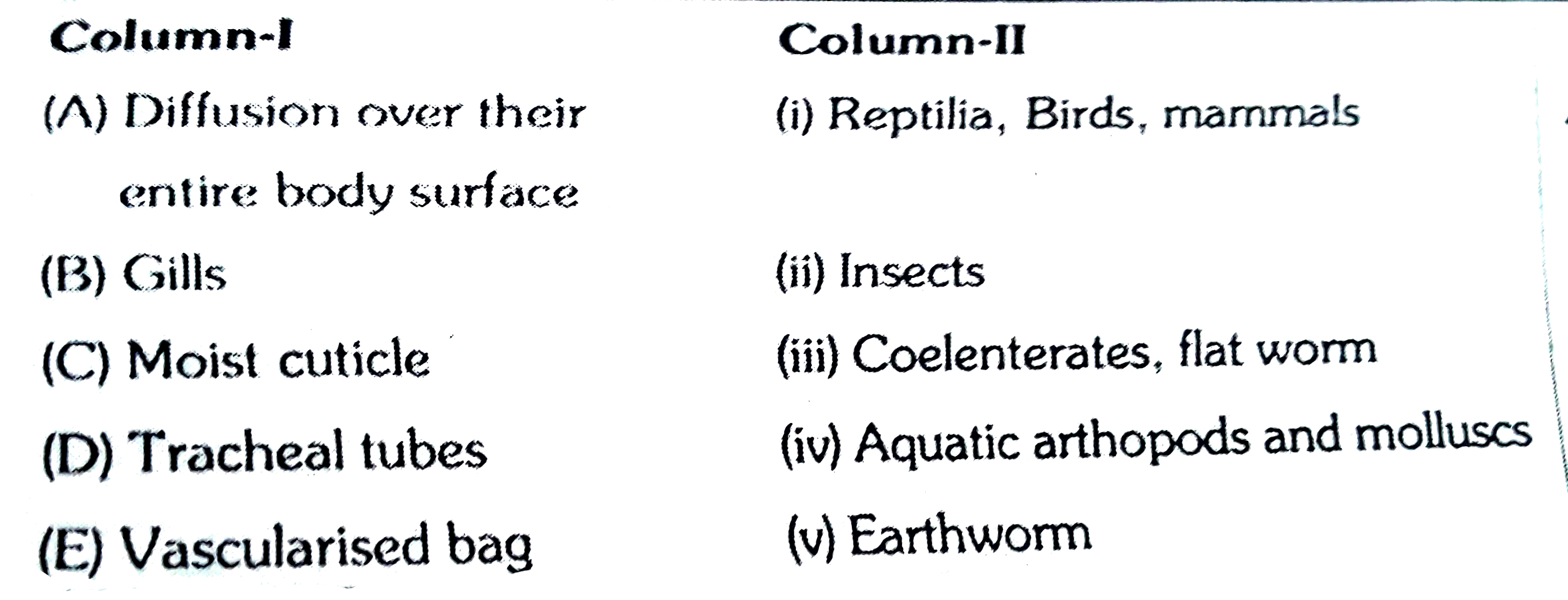
View Solution

